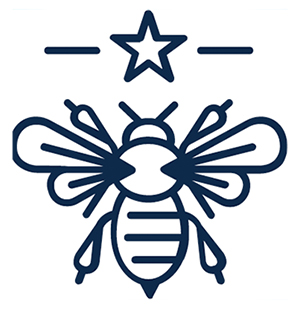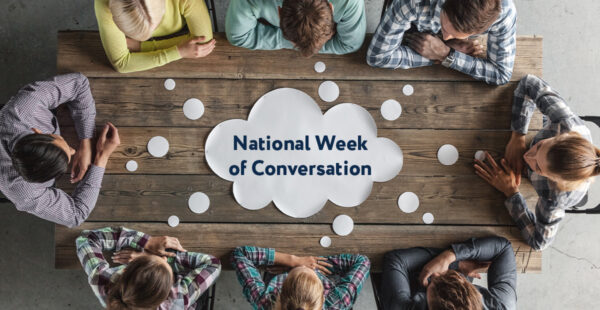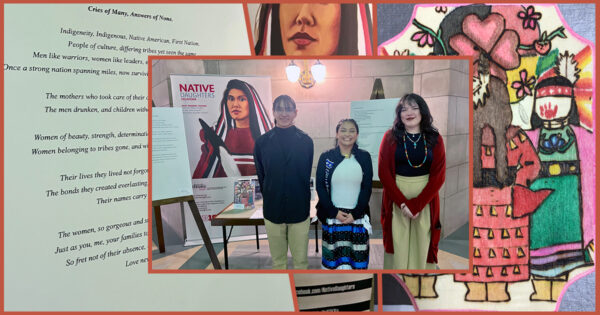Friday, April 2, is International Fact-Checking Day! Woo-hoo, let’s celebrate!
What – you’ve never heard of it?
 International Fact-Checking Day, or IFCD for short, was first observed on April 2, 2017. That it occurs each April 2 is not a coincidence; as organizers have said: “April 1 is a day for fools. April 2 is a day for facts.” Activities include different media organizations contributing to fact-checking resources, articles, and lessons for students and the public about how to identify “fake news” and stop the spread of misinformation.
International Fact-Checking Day, or IFCD for short, was first observed on April 2, 2017. That it occurs each April 2 is not a coincidence; as organizers have said: “April 1 is a day for fools. April 2 is a day for facts.” Activities include different media organizations contributing to fact-checking resources, articles, and lessons for students and the public about how to identify “fake news” and stop the spread of misinformation.
The idea for a day dedicated to fidelity to factuality rose from pervasive misinformation campaigns found on the web, especially on social media. Last year, ICFD focused on the infodemic that accompanied the COVID-19 outbreak – in fact (no pun intended), that’s when fact-checkers from around the world came together to create the Coronavirus Facts Alliance, which offers a searchable database of more than 12,000 COVID-19 myths and truths.
International Fact-Checking Day highlights the need for more facts in public health, journalism, and our everyday democratic life. You’ve heard us posit that democracy runs on the assumption of shared facts and reliable, accurate information.
Here’s what we said on Jan. 23 at our Civic Saturday gathering:
Democracy will not survive if the number of Americans who refuse to acknowledge the concept of shared facts – a number that is currently in the minority – becomes the majority. At that point, it’s Game Over. Nothing else works. There will be no realm of public life, no space in which we all compete and cooperate for resources, rights, responsibilities, and ideals. There will be no collective social process to build our society. Abandoning the truth is abandoning democracy. It’s really that simple.
So, let’s not get fooled again. Follow @factchecknet, and #FactcheckingDay on Twitter to be part of the conversation. Closer to home, Nebraska-based Break The Fake is also a great resource.
And, while we’re at it, here are a few steps anyone with a laptop, desktop, tablet, or smartphone can take before sharing that scorching-hot meme, post, or story:
Google the source
Did you know you can click on the three dots to the right of an article on Google, and see if the source is standup or sketchy? Make it a habit before clicking through.
Be image-conscious
Every second of every day, people forward and share doctored, misleading, or “false” photos. In Google, you can easily check if an image is authentic. Right-click on the photo and select Search Google for Image (on phones or tablets, touch and hold the image) Google will search to see if the picture has been online before, and what its true context is.
Don’t take a single source’s word for it
Check for full coverage of an item. Any search engine on “news” mode can do this for you.
Don’t consume it after the expiration date
Most articles are time-stamped. The news is ever-changing. So be sure you’re not reading or sharing old information. Always look for the most recent source of reliable information that you can find.
Go straight to the source
When someone registers a URL, they must first enter their contact information. There are several tools – including https://whois.domaintools.com or https://whois.icann.org – to help you find out more about who owns a particular website. It’s often referred to as a WHOIS search and can be very enlightening when it comes to why certain information is being promoted or promoted in a certain way.
Be wary of SHOUTY STUFF
Sensationalism rules on the web, and so it’s easy to let down your guard among all the noise. Yet, when you come across a post or a story that is exceptionally sensational, it’s important to keep a high bar. Be cautious with stories that have lots of exclamation points, capitalized words, or language designed to trigger an emotional response.
Remember the golden rule
If you’re reading something that seems too good to be true – or too amazing, or too cut-and-dried … well, then, it probably is. Keep digging.
In fact, let’s make every day International Fact-Checking Day, shall we? Our democracy will thank you for it.




